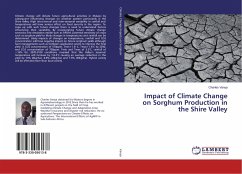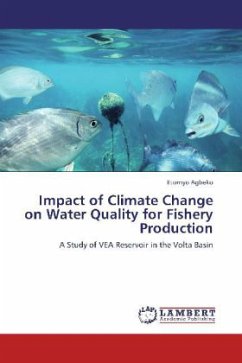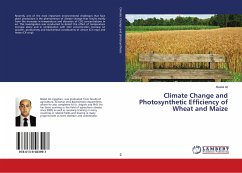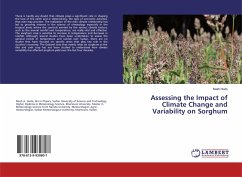Climate change poses an increasing threat to the sustainability of agricultural production and livelihood strategies of poor rural people worldwide. The concentration of green house gases in the atmosphere has increased significantly. The amount of Carbon dioxide has increased by 31%, Methane by 151% and Nitrous oxide by 17 %. Increasing concentration of the anthropogenically produced green house gases (Carbon dioxide, Methane, Nitrous Oxide, Chlorofluorocarbons and Water vapour) are responsible for the changes in the climate of the Earth. The rise of temperature is greater in Nepal than the average of global rise with intense rains, floods and drought. Gradually, year-by-year changes in temperature have also been observed, with a 0.09ºC per year increase recorded in the Himalayas and 0.04ºC per year increase in the Terai with higher increases in winter. Farmers should have proper knowledge on adaptation practices like use of drought varieties, water harvesting technology, land management techniques, and use of resource conservation technology like mulching, zero tillage etc. as immediate response of farming communities against climate change.
Bitte wählen Sie Ihr Anliegen aus.
Rechnungen
Retourenschein anfordern
Bestellstatus
Storno








